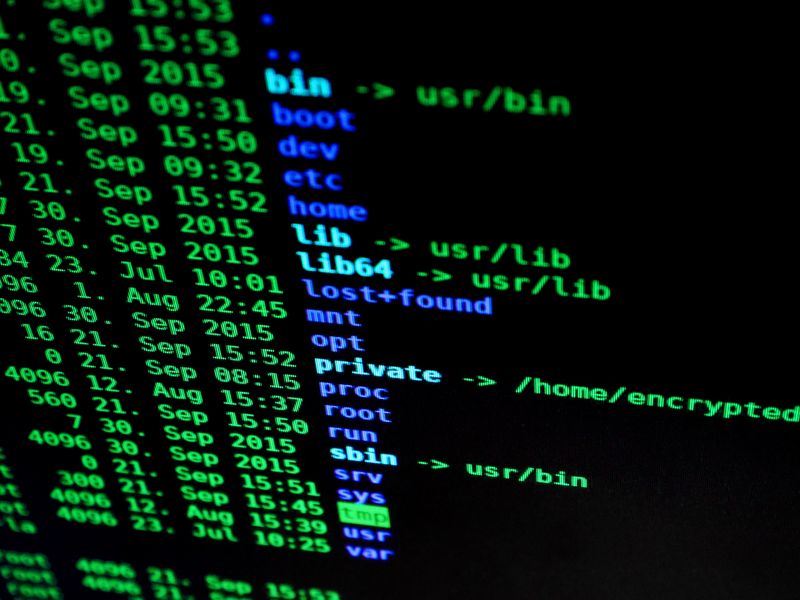The IT Professional’s Blueprint for Compliance
As our reliance on digital technology grows, so too does the importance of ensuring the security and privacy of our data. In an era of increasing cyber threats, it is imperative for IT professionals to be well-versed in compliance frameworks that provide guidelines for safeguarding sensitive information. In this report, we will explore how IT professionals can align with several key compliance frameworks, including HIPAA, NIST, CIS-CSC, Essential Eight, and Cyber Essentials. Additionally, we will examine specific risks related to the Linux operating system, such as loopholes and privilege escalation, and discuss strategies to mitigate these threats.
Compliance Frameworks: Safeguarding Data and Protecting Privacy
Compliance frameworks are established sets of guidelines that help organizations ensure their technology systems and processes meet certain security and privacy standards. IT professionals play a vital role in implementing and aligning with these frameworks to create a secure environment for data and mitigate potential risks.
HIPAA: Protecting Health Information
The Health Insurance Portability and Accountability Act (HIPAA) is a compliance framework specifically designed to protect individuals’ health information. IT professionals working in healthcare settings should be well-versed in HIPAA regulations, which include requirements for data access controls, transmission security, audit logs, and risk assessments. By following HIPAA standards, IT professionals can help safeguard sensitive patient data and prevent unauthorized access.
NIST: Comprehensive Cybersecurity Guidelines
The National Institute of Standards and Technology (NIST) provides a comprehensive set of guidelines and best practices for improving cybersecurity across various industries. NIST’s cybersecurity framework covers areas such as risk assessment, vulnerability management, incident response, and security awareness training. IT professionals should integrate NIST guidelines into their organizations’ security practices as a foundation for robust cybersecurity measures.
CIS-CSC: Critical Security Controls
The Center for Internet Security (CIS) provides a set of critical security controls (CSC) that IT professionals and organizations can implement to protect their systems from common cyber threats. These controls cover areas such as secure configuration, continuous vulnerability assessment, and incident response. By following the CIS-CSC guidelines, IT professionals can proactively address potential risks and enhance the overall security posture of their organizations.
Essential Eight: A Focus on Endpoint Protection
The Essential Eight is a cybersecurity framework developed by the Australian Signals Directorate (ASD) to protect organizations against advanced cyber threats. It focuses on eight mitigation strategies, including application whitelisting, patch management, and network segmentation. IT professionals can leverage the Essential Eight as a baseline for securing endpoints and strengthening the overall security architecture.
Cyber Essentials: Basic Cyber Hygiene
Cyber Essentials is a UK government-backed certification program that establishes a minimum set of cybersecurity controls for organizations. The program focuses on five essential security controls: boundary firewalls, secure configuration, access control, patch management, and malware protection. IT professionals should consider the Cyber Essentials certification as a validation of their organization’s commitment to maintaining basic cyber hygiene.
Risks and Mitigation Strategies for Linux Operating System
While the Linux operating system is renowned for its security and stability, it isn’t impervious to potential risks. IT professionals should be aware of vulnerabilities and take measures to mitigate the associated threats.
Loopholes and Exploits
Linux, like any other operating system, can have loopholes and vulnerabilities that can be exploited by malicious actors. IT professionals should stay updated on security advisories, promptly apply patches and updates, and monitor for any signs of unauthorized access or activities. Regular threat assessments and penetration testing can help identify potential loopholes and ensure proactive mitigation.
Privilege Escalation
Privilege escalation refers to an attacker gaining higher levels of access and privileges on a system. IT professionals should implement strong access controls and follow the principle of least privilege, granting users only the permissions necessary to perform their tasks. Additionally, implementing secure authentication mechanisms, such as multi-factor authentication, can reduce the risk of privilege escalation attacks.
Editorial: Embracing a Holistic Approach to Security
While compliance frameworks and technical safeguards are essential, it is crucial for IT professionals to embrace a holistic approach to security. Modern-day threats require a combination of technological measures, vigilant monitoring, and robust security policies.
Furthermore, privacy and data protection should be at the forefront of every organization’s priorities. IT professionals must advocate for transparency and responsible data handling to build trust with customers and users. By going beyond compliance requirements and actively prioritizing privacy, organizations can create a culture of security that fosters long-term resilience.
Advice: Continuous Learning and Collaboration
Given the ever-evolving nature of cyber threats and compliance requirements, IT professionals must commit to continuous learning and collaboration. Staying informed about emerging risks, attending industry conferences and webinars, and participating in security forums can help IT professionals stay at the forefront of cybersecurity best practices.
Collaboration is also key – fostering communication and knowledge-sharing among IT professionals, both within organizations and across industries, can lead to more robust security postures. Sharing experiences, discussing challenges, and learning from each other’s successes and failures can enhance the collective defense against cyber threats.
In conclusion, IT professionals have the responsibility to align with compliance frameworks and implement robust security measures to protect sensitive data. By understanding and following guidelines set forth by frameworks such as HIPAA, NIST, CIS-CSC, Essential Eight, and Cyber Essentials, IT professionals can enhance the security posture of their organizations. Furthermore, by adopting a holistic approach to security, prioritizing privacy, and engaging in continuous learning and collaboration, IT professionals can stay ahead of emerging threats and contribute to a safer digital landscape.

<< photo by Ryan Klaus >>
The image is for illustrative purposes only and does not depict the actual situation.
You might want to read !
- Unveiling the Hidden Sounds: Unlocking Audio from Static Images and Mute Footage
- Google’s Ongoing Battle: Patching Chrome’s Fifth Zero-Day of the Year
- A Closer Look at Dutch Municipalities’ Response to Security Vulnerabilities
- The Ethical Implications of Shadow Profiles: Examining the Collection and Use of Other People’s Data
- Defending the Digital Frontier: Jayson E. Street Joins Secure Yeti as Chief Adversarial Officer
- The Rise of AI-Powered Hackers: How Bing Chat’s LLM was Deceived to Bypass CAPTCHA Filter
- “Examining the Critical Glibc Privilege Escalation Vulnerability: A Threat to Linux Distributions”
- Windows Security at Risk: Unveiling a Sneaky Privilege Escalation Method
- Privilege Escalation Concerns: Uncovering the Flaw in Google Cloud Build
- Using WinRAR? Patch Now to Protect Against Critical Code Execution Bugs
- The Evolving Threat Landscape: Analyzing the Implications of ConnectedIO’s Vulnerable 3G/4G Routers on IoT Security
- Ransomware Attacks Double Year on Year: The Urgent Need for Enhanced Cybersecurity Measures in 2023
- The Hidden Hazard: Unveiling a Critical Library Flaw Paving Way for RCE Attacks on GNOME Linux Systems
- The Vulnerability Within: Exploring the Supply Chain Risk of Linux OSes




